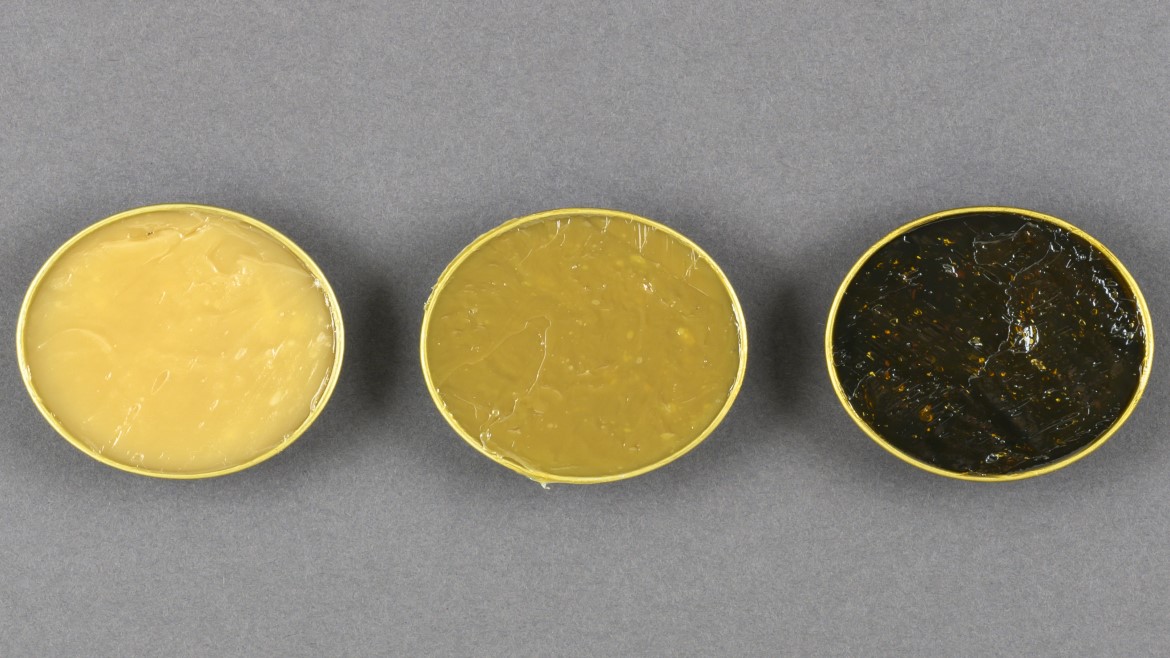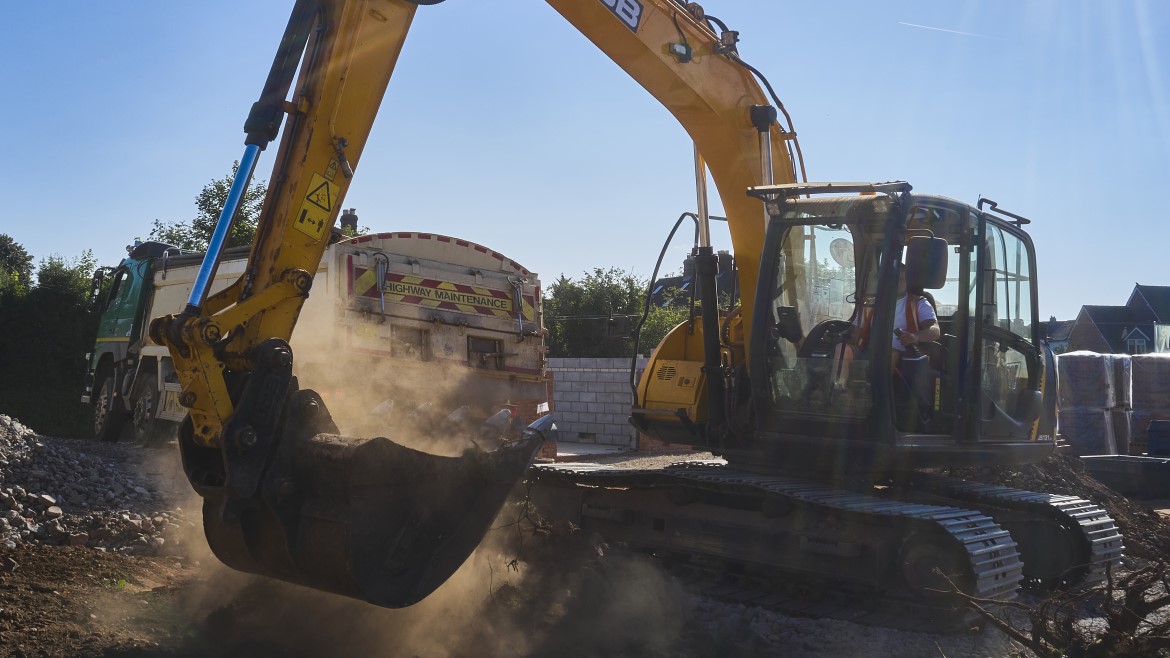Oct 28, 2021
Posted by Blayne McKenzie, Ph.D., Technology Manager, Industrial Oils
This article highlights the key takeaways from our recent Energy Efficiency for Hydraulic Systems webinar, part of our Lubrizol360 Webinar Series featuring Lubrizol experts discussing important industry trends.
Hydraulic equipment is a significant investment—both initially and over time. When considering a purchase of this magnitude, it’s important to examine the total cost of ownership (TCO) which consists of three important components:
- Initial purchase price
- What it costs to maintain the equipment
- What it costs to run the equipment
Choosing the proper hydraulic fluid can significantly affect maintenance costs and operation, so it’s important to make the decision based on all those factors. In this webinar, we focused on how performance polymers can improve the energy efficiency of your equipment without sacrificing durability. We also provided real-world examples of what improving energy efficiency in your hydraulic applications can have on your equipment’s overall performance.
Four-step Process
As lubricant manufacturers begin to evaluate the specific characteristics necessary to produce an effective hydraulic fluid, they typically follow a four-step process to determine what products to move forward to production:
- Laboratory studies: This is where the initial tests are run to determine if a fluid is suitable for hydraulic applications. Researchers run multiple fluids through numerous bench tests and determine which ones are the most promising.
- Performance testing: The leading candidates that make it out of the lab are next subjected to testing on proprietary test rigs designed to simulate real-world conditions while still being tested under controlled circumstances.
- Equipment testing: The lubricants that perform well in the test rigs are then moved on to testing in equipment itself in a controlled laboratory environment. This stage of testing eliminates some of the variables associated with real-world testing while still subjecting the fluids to in-equipment environments.
- Final proof: Once the laboratory work has been done, it’s time to put the fluids into real-world equipment to see how they perform.
How Performance Polymers Help
Performance polymers are an important part of multigrade hydraulic lubricant formulations. When compared to a conventional monograde lubricant, a performance polymer can expand the safe operating range of a hydraulic system by ensuring fluidity during cold weather start ups and maintaining viscosity and protective fluid film thickness at higher operating temperatures. There are a variety of available performance polymers, each delivering different beneficial characteristics.
In laboratory tests, energy-efficient hydraulic fluids (EEHFs) formulated with specific efficiency-boosting performance polymers (EPP) have been shown to lower the traction coefficient versus a standard multigrade fluid by 9%, meaning the fluid flows more efficiently through the equipment. They have also been shown to reduce shear loss by 49%. What this means practically is that EEHFs with performance polymers, which have excellent performance in low traction/high efficiency applications, thermal and oxidative stability and are NSF H1 approved, may demonstrate improved efficiency while keeping high levels of protection.
Once the lab tests show promise, it is important to see what the performance polymers can do under performance testing conditions. These involve test rigs developed to replicate a hydrostatic drive system in mobile hydraulic equipment. With the more sophisticated testing, technicians can measure the energy efficiency across the entire system.
In performance testing conditions, oil with EPP has been shown to impart significant benefits, improving the efficiency by 28% and durability by more than 49%. EPP do this by mitigating the inefficiency of secondary flows, which form in a bend or change in pipe geometry. In addition, the hydraulic fluid with performance polymers also has been shown to reduce the amount of power loss.
After completing the performance testing stage, the next step is putting the oil with EPP in actual hydraulic equipment in a climate-controlled chamber with controlled duty cycles. The fluid with performance polymers has been shown to reduce fuel consumption by 3.8% under such conditions. Performance polymers are able to do this because they form flexible chains of small diameter with respect to their overall contour length. They have a large extensibility parameter that gives viscoelastic behavior.
The final step in the process is to test the fluid in both mobile and stationary applications in actual field tests. For the mobile test, the fluid would ideally be tested in summer and winter conditions to see how much fuel consumption is reduced. Fluid with the EPP could lower fuel consumption by as much as 1.4% in the summer and 2.7% in the winter.
For the stationary tests, it is possible to measure efficiency improvements by the amount of electricity used by the equipment. Fluids using performance polymers have been shown to reduce electricity usage by 8.5% over the monograde fluid usually used. They can also improve the overall performance of stationary equipment and allow the machines to produce more parts per production run.
Our View
In considering the TCO of a piece of hydraulic equipment, it’s important to remember the choice of hydraulic fluid matters. Fluids with EPP improve energy efficiency without reducing protection and can bring real-world savings to your facility’s bottom line.
For more on how EPPs can improve the energy efficiency of your hydraulic equipment, click here to download the webinar slides or contact your local Lubrizol representative today.









